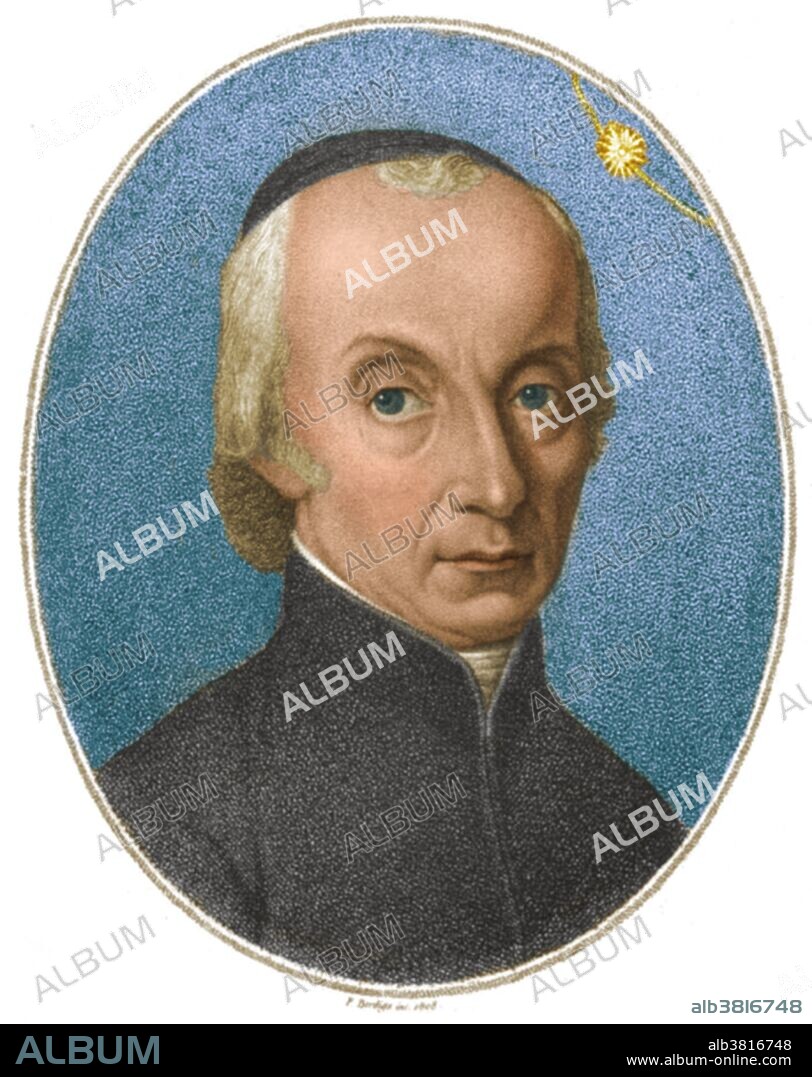alb3816748
Giuseppe Piazzi, Italian Astronomer

|
Zu einem anderen Lightbox hinzufügen |
|
Zu einem anderen Lightbox hinzufügen |



Haben Sie bereits ein Konto? Anmelden
Sie haben kein Konto? Registrieren
Dieses Bild kaufen

Titel:
Giuseppe Piazzi, Italian Astronomer
Untertitel:
Siehe automatische Übersetzung
Giuseppe Piazzi (July 16, 1746 - July 22, 1826) was an Italian Catholic priest, mathematician, and astronomer. He lectured on mathematics at various universities in Italy throughout the 1770s and 1780's. In 1787, when he became Professor of Astronomy at the University of Palermo. He supervised the compilation of the Palermo Catalogue of stars, containing 7,646 star entries with unprecedented precision. On New Year's Day in 1801, he discovered a stellar object that moved against the background of stars. He became convinced it was a planet, but he took the conservative route and announced it as a comet. He was not able to observe it long enough as it was soon lost in the glare of the Sun. Unable to compute its orbit with existing methods, the renowned mathematician Carl Friedrich Gauss developed a new method of orbit calculation that allowed astronomers to locate it again. After its orbit was better determined, it was clear that his assumption was correct and this object was not a comet but more like a small planet. Ceres turned out to be the first, and largest, of the asteroids existing within the asteroid belt. Ceres is today called a dwarf planet. He died in 1826 at the age of 80.
Bildnachweis:
Album / Science Source
Freigaben (Releases):
Model: Nein - Eigentum: Nein
Rechtefragen?
Rechtefragen?
Bildgröße:
3600 x 4542 px | 46.8 MB
Druckgröße:
30.5 x 38.5 cm | 12.0 x 15.1 in (300 dpi)
Schlüsselwörter:
 Pinterest
Pinterest Twitter
Twitter Facebook
Facebook Link kopieren
Link kopieren Email
Email
